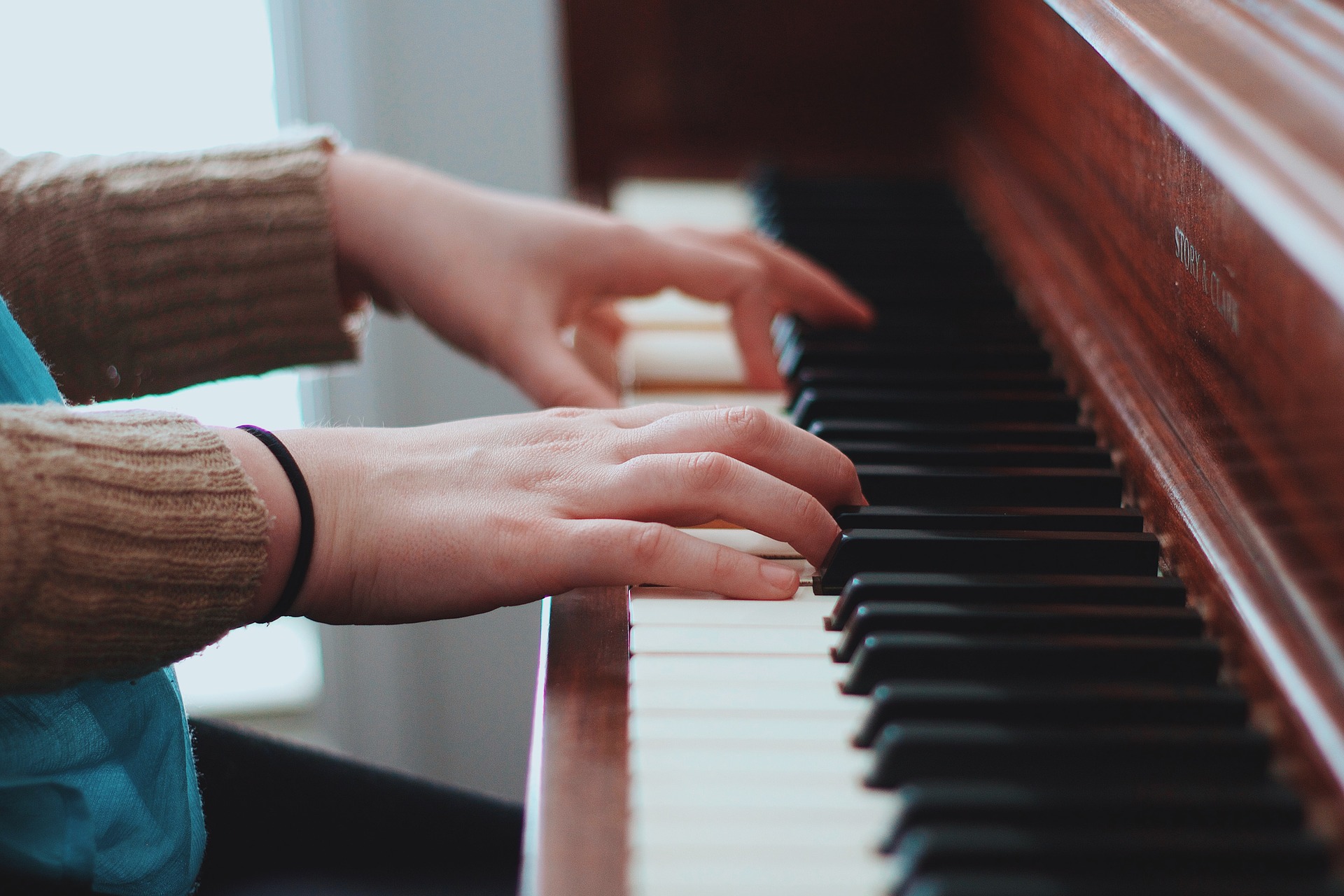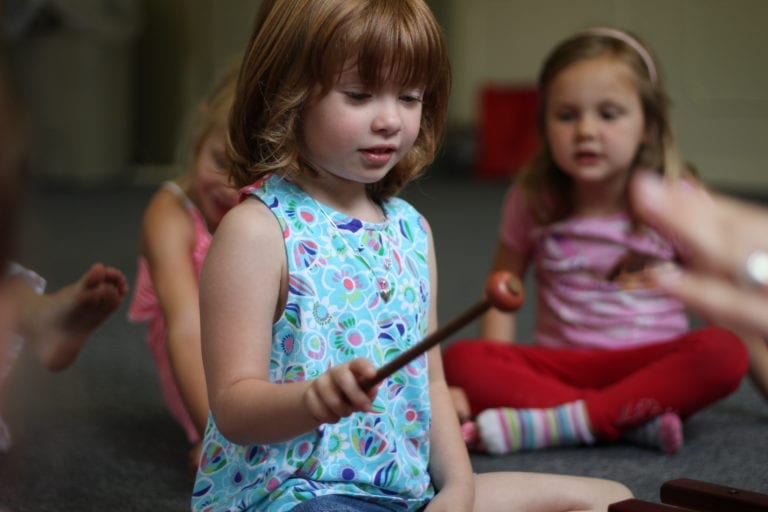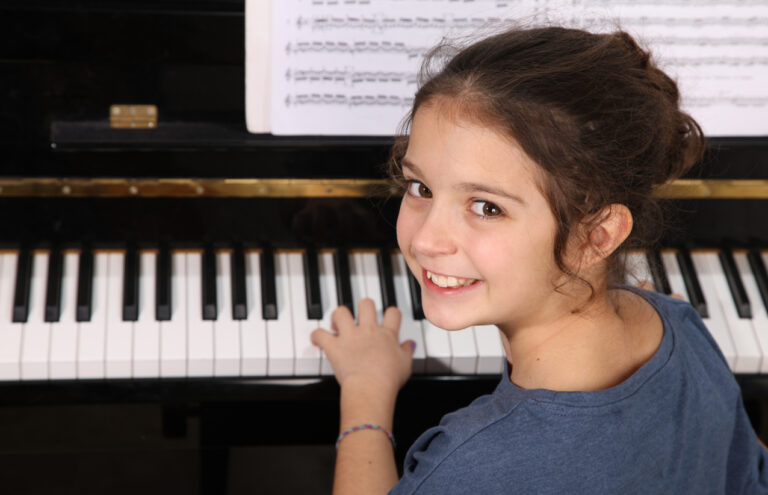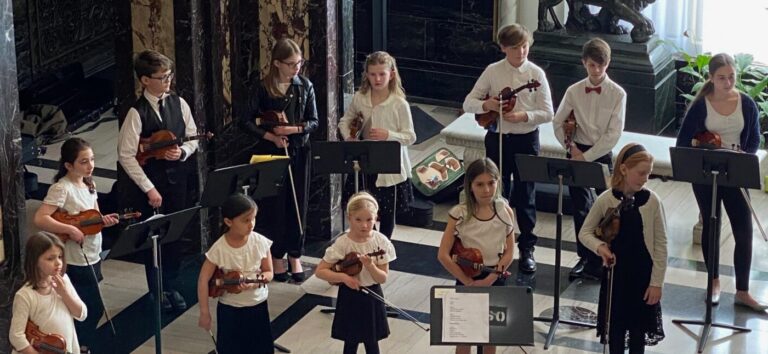Grace Burns on Practicing Performance at Home
As musicians, we practice our pieces until they are perfect. But we also need to practice performing. In between big recitals, at-home performances can be important opportunities to become better at playing for others.
Performance is a whole skill in and of itself. It’s where all the details we’ve been working on in lessons come together. We may face obstacles – like our own nerves, making a mistake in our piece, or a loud distraction in the room – and we learn how to handle them with poise and control.
This gets easier the more we do it. I recommend students perform at least once a month, to make it a normal part of life. Performing in the community, when we can do so, is an invaluable experience. When we cannot, playing from home for our family and in virtual concerts like CYM’s Saturday Serenade series can be rewarding. Here are some tips for treating at-home concerts like any other:
Invite an audience. Some families make a regular habit of performing pieces at home for each other. Consider occasionally building your audience to also include those who don’t hear a student practicing regularly, like grandparents and aunts and uncles, baby cousins and non-musician friends. Virtual concerts with apps like Skype and Zoom are turning out to be fun fill-ins for in-person events and have their own advantages, like convenience.
Select a Setting. Consider playing somewhere unusual, like a room other than the practice room or even outdoors. For some kids, the challenging thing about performing is being in an unfamiliar space, so getting used to things being different can be really useful.
Optimize your electronic device. If performing a virtual concert, be sure to place the phone or tablet close to the instrument for the highest sound quality. Avoid backlight and clear clutter from the view of the camera. One other tip for a Zoom performance: Select the “original sound” setting, as it transmits music straight to the listener without audio processing.
Prepare. Students will of course have practiced their pieces. They also should dress comfortably but neatly. Have the instrument tuned and seat adjusted. Consider preparing a written program or speaking a little about the piece and composer.
Open with a bow. I encourage my students to walk across the room to the piano as if crossing a stage. Bow, then take a seat, place hands or instrument in the ready position, take a breath, and begin.
Remain in “performance mode.” Keep going to the end of the piece no matter what happens, even if the baby cousin cries, or a friend’s phone goes off. Even if the student makes a mistake. In lessons, we practice with distractions to prepare for this.
Close with a bow. The audience should be sure to applaud!
Recitals are important “memory markers” that allow students and families to recognize their growth over time. With regular performance practice, those big recitals become just a part of normal Saturday instead of something to be nervous about.
Grace Burns teaches piano at CYM and also performs about 30 times a year as a staff pianist at Duquesne University and accompanist at recitals, competitions, masterclasses and voice auditions.






